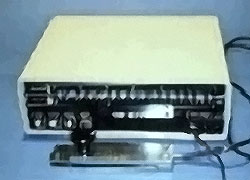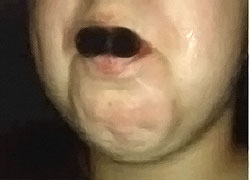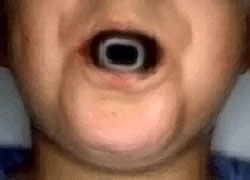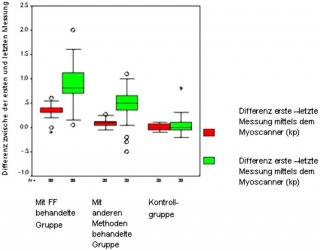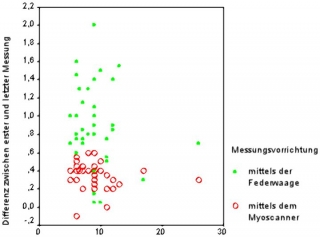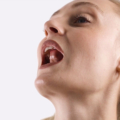After three-months of treatment, an improvement on the lip strength, mouth and tongue positioning with the FACEFORMER was seen.
This improvement of the lip strength was maximal in the FACEFORMER treated group and was eventually dependent on age (Fig. 5&6). Regarding comfort and simplicity of the single myofunctional techniques, there were different individual assessments. The FACEFORMER was well to very well accepted and tolerated by the majority of patients. The exercises with the FACEFORMER were more manageable by the parents and the young patients in comparison to the other myofunctional methods. Hereby, the motivation to continue the exercises for longer periods was increased.
The probability for increased improvement in the lip strength lessened with age. Young children had an increased tendency for improvement.
Conclusion
The treatment success of the myofunctional therapy with the FaceFormer is dependent on the frequency and length of its application.
Literature
- Berndsen, Klaus-Jürgen: Ein einfaches Übungsgerät bringt Hilfe. Zahnarzt-Woche 1, 2000
- Garliner, Daniel: Myofunktionelle Therapie in der Praxis. Verlag zahnärztlich-medizinisches Schrifttum. Schmitt, München 1982
- Thiele, E. / Clausnitzer, R. / Clausnitzer, V.: Myofunktionelle Therapie. Hüthig, Heidelberg 1992

